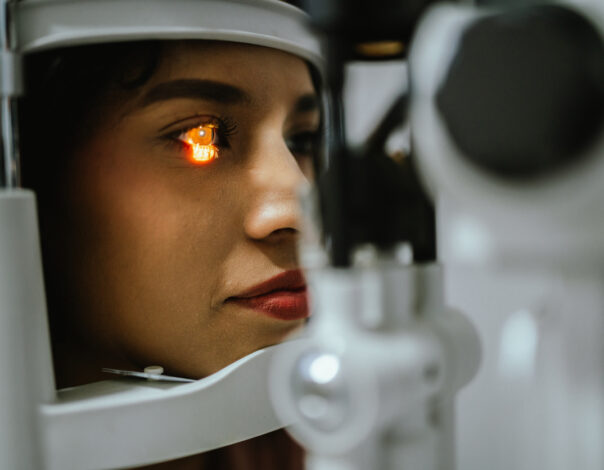Astigmatism is a common refractive error in the eye that can cause blurred or distorted vision. It occurs when the cornea, the clear front surface of the eye, is shaped more like a football than a basketball. This irregular shape prevents light from focusing properly on the retina, resulting in blurry vision at all distances. While glasses and contact lenses are traditional solutions for astigmatism, LASIK (Laser-Assisted in Situ Keratomileusis) surgery is a popular option for those seeking a more permanent solution. But is LASIK effective for astigmatism? Let’s take a closer look.
Understanding LASIK Surgery
LASIK is a type of eye surgery designed to correct common vision problems, including myopia (nearsightedness), hyperopia (farsightedness), and astigmatism. The procedure involves using a laser to reshape the cornea, which improves the way light enters the eye and focuses on the retina.
For patients with astigmatism, LASIK works by smoothing the irregular shape of the cornea to make it more symmetrical. This allows light to be properly focused, resulting in clearer vision.
How LASIK Corrects Astigmatism
In the case of astigmatism, the cornea’s uneven curvature creates multiple focal points, causing blurry vision. During LASIK, a surgeon creates a thin flap in the cornea, which is then lifted to allow a precise laser to remove tissue from specific areas of the cornea. The laser reshapes the cornea, correcting the asymmetry and allowing light to focus more accurately on the retina.
Effectiveness of LASIK for Astigmatism
For many people with astigmatism, LASIK can significantly improve vision, often eliminating or reducing the need for corrective lenses. Studies have shown that LASIK is highly effective in treating astigmatism, with success rates upwards of 90% for patients with mild to moderate cases. Even patients with more severe astigmatism may benefit from LASIK.
Factors That Affect LASIK Success
While LASIK is an effective treatment for astigmatism, several factors can influence the outcome:
- Severity of Astigmatism: LASIK is most effective for people with mild to moderate astigmatism. Those with extremely high degrees of astigmatism may not be suitable candidates for LASIK, or they may require additional treatments after surgery.
- Age: Ideal LASIK candidates are usually over the age of 18, when the eyes have stopped changing. Younger patients may experience changes in their prescription that can affect the outcome.
- Corneal Thickness: LASIK requires a certain amount of corneal tissue to be available for reshaping. If the cornea is too thin, alternative procedures may be recommended.
- Overall Eye Health: Conditions such as dry eyes, cataracts, or glaucoma may affect LASIK eligibility. It’s important to have a thorough eye examination before deciding on LASIK surgery.
- Surgeon’s Experience with High Astigmatism LASIK: There are nuances to proper planning of the surgical correction, especially when topography-guided treatments are planned. It is very important to request surgeon’s results when deciding where to have surgery.
Benefits of LASIK for Astigmatism
- Permanent Solution: LASIK provides a long-lasting solution, often reducing or eliminating the need for glasses or contact lenses.
- Quick Recovery: The procedure is minimally invasive, with many patients experiencing improved vision within a few days.
- High Success Rate: LASIK has been proven to be effective for correcting astigmatism, with a high percentage of patients achieving great vision without glasses or contacts.
Why Choose Pacific Vision Institute?
At Pacific Vision Institute, we are passionate about perfection. We take pride in always being at the cutting edge of research and new procedures, as well as delivering customized treatments and results. But we are just as well-known for our emphasis on personal care and attention. We want you to feel comfortable, informed, and at ease with any procedure you will be undergoing. If you have any questions at all, we will be happy to answer them thoroughly. Contact us today!
